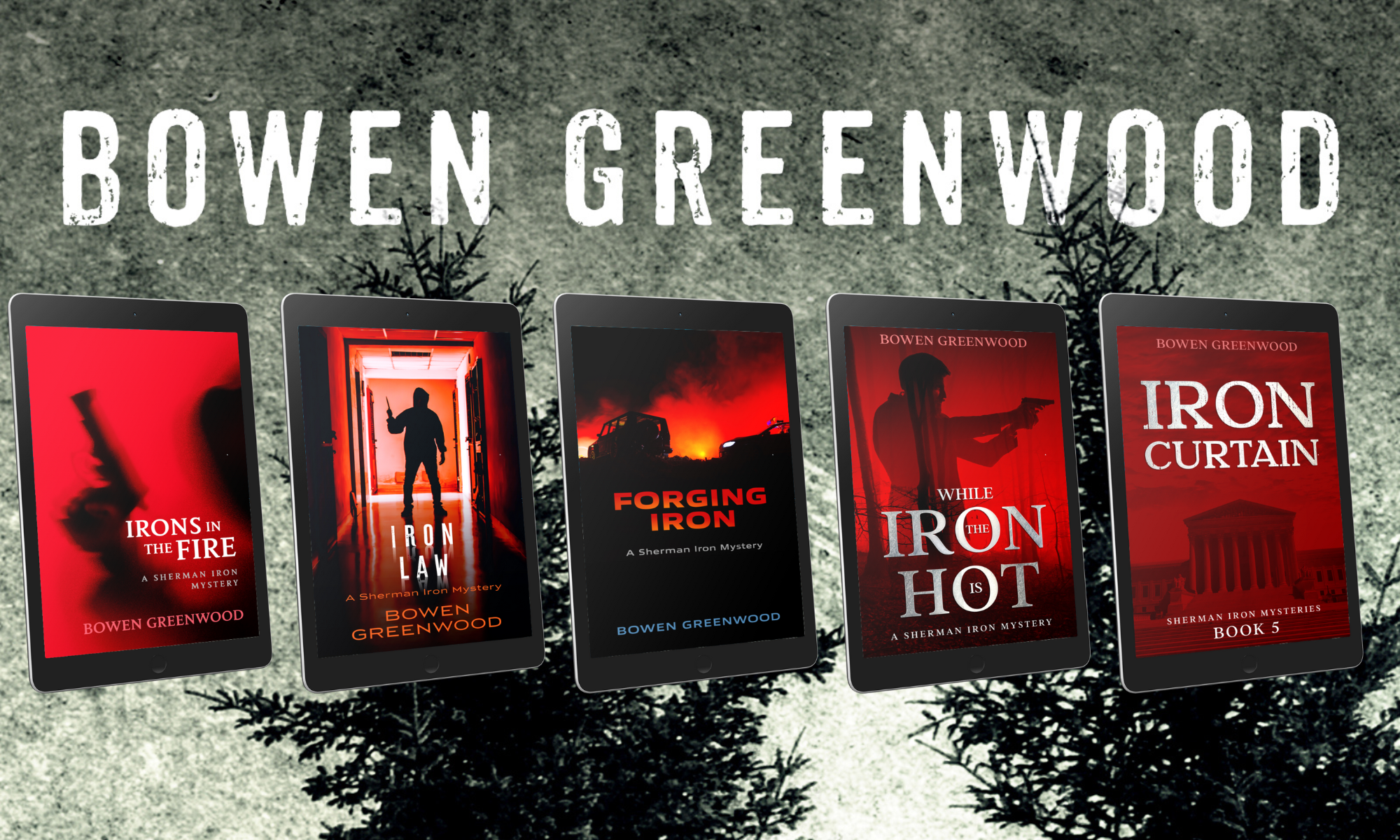I wrote the following essay shortly after visiting the Holocaust museum in Israel. I won second place in a Bethel Writers Conference contest with it, which was awesome.
Sowing Without Speaking
In the early 1990’s, Jan Karski was a professor at Georgetown University when I was a student there. I didn’t really know much about him at the time. Among the other 19-year-olds, the word was that he was an important figure in the history of the Holocaust, and had been one of the good guys. That was all the general student body knew. His subject wasn’t of interest to me, so I never investigated further.
Jan Karski played a crucial role in the Polish resistance during World War Two. He tried to get the word out to the wider world about the extermination of the Polish ghetto. He begged America to help. But it was many years before I learned those things.
I never took his class. I ignored professor Jan Karski.
In the book of Isaiah, God promises the barren that he will given them a name and a remembrance which are better than children. In Hebrew, “Name and remembrance” read as “Yad Vashem.” Those words are taken as the name of the Holocaust museum in Israel. “A name and a remembrance.”
I toured Yad Vashem and, to my shame, I found it relatively unmoving. Amidst the educational material about the depths of human evil, I could not muster so much as a catch in my throat. The holocaust has been covered to death, of course. We have all heard the horror stories. None of it was new.
At Yad Vashem there is a term: The Righteous Among the Nations or, more colloquially, the righteous gentiles. It refers to non-Jewish people who risked their lives to save Jews during the holocaust. Listed among them are such famous names as Oskar Schindler. Each of them gets a tree at Yad Vashem, on the “Avenue of the Righteous among the Nations.” It is a place to remember those who saw evil and did something about it.
I told myself, as I saw the trees on the avenue, that I would have been one of them. I would not have ignored the evil before me. I would have done something.
And who among us doesn’t feel the same? Who doesn’t believe that, put in the same situation, we would do the right thing?
I felt that way until, two-thirds of the way through the museum, I saw the video of Jan Karski.
Professor Karski merits his own display at Yad Vashem. There’s a video of him. In it he talks about his meeting with Franklin Roosevelt, in which America’s great World War Two President declined to show much interest in the plight of the millions of tortured and murdered Jews, except as it related to America’s war aims. And as Professor Karski talked on the video about this great American who did nothing, I faced a terrible revelation.
I hadn’t even noticed him, when he walked beside me.
I, who was sure I would have been among the righteous gentiles, did not even bat an eyelash when a hero of the Holocaust was teaching.
I, who just knew that I would be one of those who risked his life to save Jews if anything like the Holocaust happened again, I realized that when I had the chance to learn from professor Karski I didn’t care.
His efforts to bring the plight of Polish Jews to the attention of America were heroic. They were worthy of recognition in the Jewish State’s great museum. And I had ignored him.
His exhibit in Yad Vashem changed my whole experience of the museum. What before had not touched me, began to hit very hard indeed.
After Karski’s exhibit, the rest of the museum had more meaning.
It was Jan Karski’s exhibit that prepared me for the last chamber of the museum. Without him, I would not have been ready.
One approaches the final room of the museum – not enters, simply approaches – and one perceives its subject matter.
Books.
Uncountable, immeasurable, innumerable books. They stack to the ceiling, in perfect ordered rows, numbered, documented, and arranged. Each of them is black. There are so many of them, together they form a wall. It’s a physical presence. It stares down at people who enter the room like a challenge.
Given the subject matter of the museum, the content of the books is obvious before one enters the room.
They are names. Hundreds and hundreds of thousands and thousands – millions – of names. Those who died in the Holocaust. Every page of every innumerable book contains a name and a testimony of who they were.
From outside the room, I saw them, and I was physically stopped from entering. I couldn’t do it. I, who had been unable to feel much through the majority of the Holocaust museum, could not – not casually – step into that room.
I checked myself. I prayed. And fortified by that, I took the step. I walked into the domain of the books. I entered the room.
At once my emotions were out of control. I wanted to weep. I wanted to shake my fist at the devil. I wanted to rage.
Of all those things, there was only one that worked. There was only one thing I could do in that room.
I could only pray.
“Lord, please use me. Please use me to prevent evil. Please use me Lord.”
With tears in my eyes, I begged the Lord that I should never again ignore people like Jan Karski. I prayed that, where there is evil in this world, He would strengthen me to fight it.
I never took a class from Jan Karski. He never spoke a word to me. And yet, by his mere presence, he planted a seed. That seed was watered at Yad Vashem, and I will never be the same.
